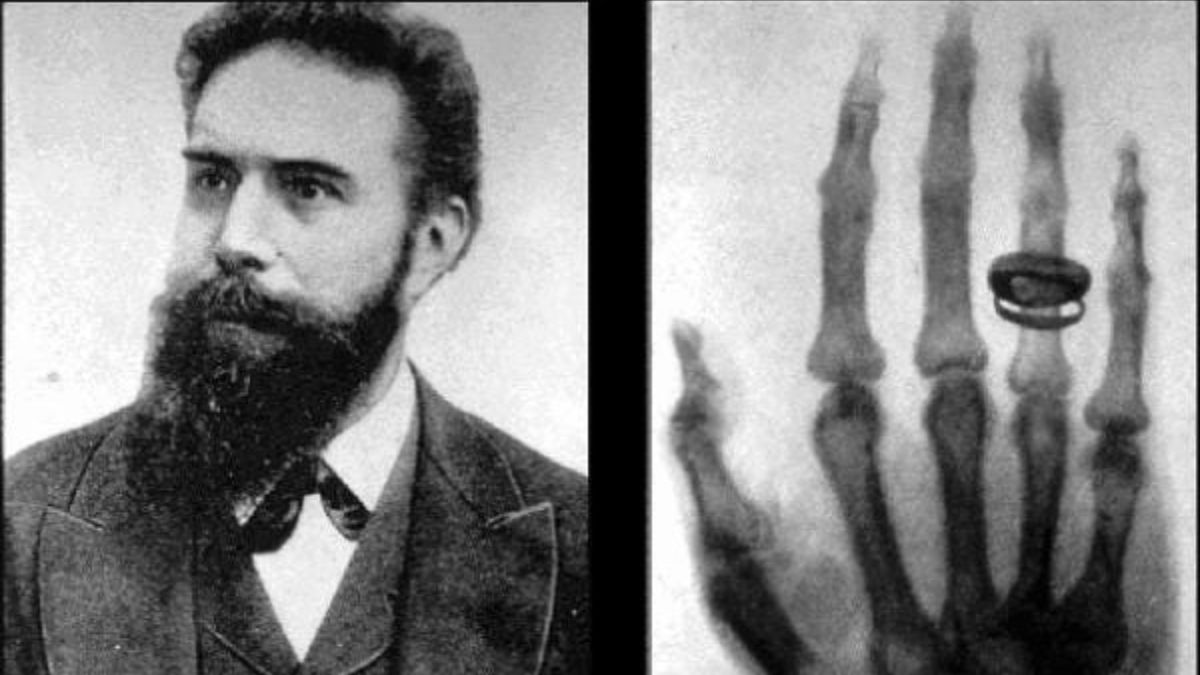November 8 marks an important day in the world of science.
Today was the day in 1895, when the world gained the power to peer inside the human body, thanks to a groundbreaking discovery. German physicist Wilhelm Conrad Röntgen, while experimenting with cathode rays in his lab, stumbled upon something extraordinary — X-rays.
Fast forward more than a century later, and November 8, 2013, became known for something far less hopeful. On this day, the Philippines was ravaged by Super Typhoon Haiyan, one of the most powerful and destructive storms ever recorded, leaving behind an unimaginable trail of devastation.
Here’s a closer look at all that has happened on this day
X-rays were discovered
It was November 8, 1895, when German physicist Wilhelm Conrad Röntgen made a discovery that would forever transform medicine and science. Late one night in his lab at the University of Wurzburg, Rontgen was experimenting with cathode rays using a tube that he had carefully wrapped in black cardboard to block out all visible light.
As he passed a high-voltage electric current through the tube in a dark room, something strange happened — a faint glow appeared on a nearby screen coated with barium platinocyanide. The screen was several feet away, yet it shimmered mysteriously.
Röntgen realised that some invisible form of energy was coming from the tube, passing through the cardboard, and lighting up the screen. Unsure what he had discovered, he named it “X-rays”, with “X” representing the unknown.
Over the next few weeks, he worked tirelessly to study this new phenomenon. He discovered that these rays could pass through soft materials like skin but were blocked by denser ones such as bone or metal, leaving distinct shadows on photographic plates.
To test this, Röntgen took one of the most iconic images in scientific history, the first X-ray photograph. It was of his wife, Anna Bertha’s hand, showing the clear outline of her bones and her wedding ring. The image shocked the world and revealed the immense potential of X-rays for medicine and diagnostics.
Impact Shorts
More ShortsIn 1901, Röntgen’s life-changing breakthrough earned him the first-ever Nobel Prize in Physics. And today, November 8 is celebrated around the world as the International Day of Radiology, a tribute to the day science gained the power to look inside the human body.
Super Typhoon Haiyan slams Philippines
On November 8, 2013, the Philippines was struck by one of the most powerful storms ever recorded, a Category 5 Super Typhoon named Haiyan, known locally as Yolanda.
The storm tore across the islands with winds reaching nearly 315 kmph, flattening homes, uprooting trees, and leaving entire towns in ruins.
Coastal areas were hit the hardest. In the city of Tacloban, storm surges as high as 15 to 20 feet crashed through neighbourhoods, sweeping away buildings and people within minutes.
By the time Haiyan moved past, it had left behind an unimaginable trail of destruction. According to the United Nations, more than 6,000 people lost their lives, and around 14 million were affected. Millions were displaced, forced to live in temporary shelters without access to food, water, or electricity.
In the days that followed, international aid began pouring in from across the world. The United States, Japan, the United Kingdom, and several European nations sent food, medicine, and rescue teams. Yet, the scale of devastation made recovery painfully slow. The World Bank later called Haiyan “one of the most powerful storms to ever make landfall in recorded history.”
With input from agencies


)

)
)
)
)
)
)
)
)



